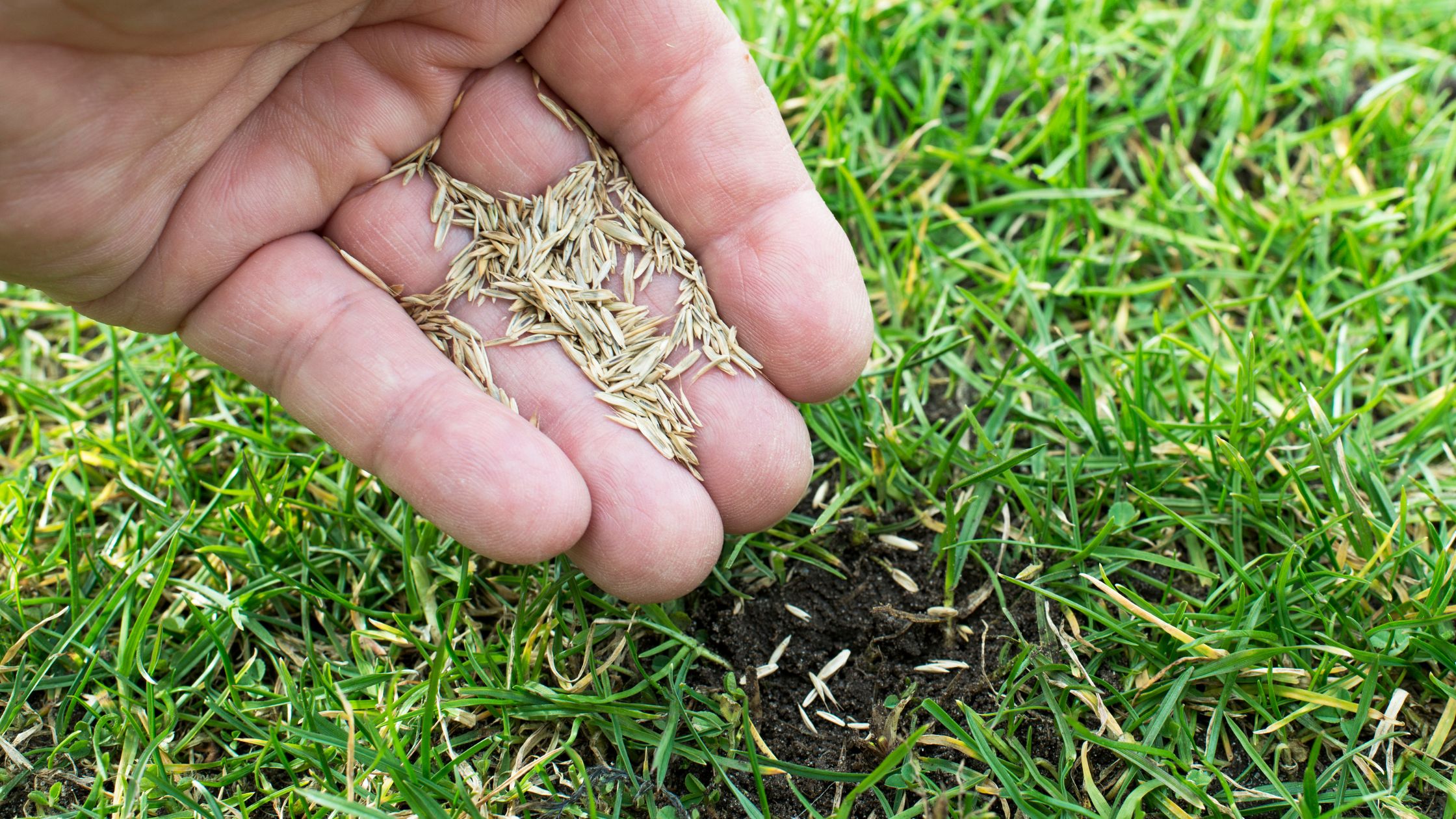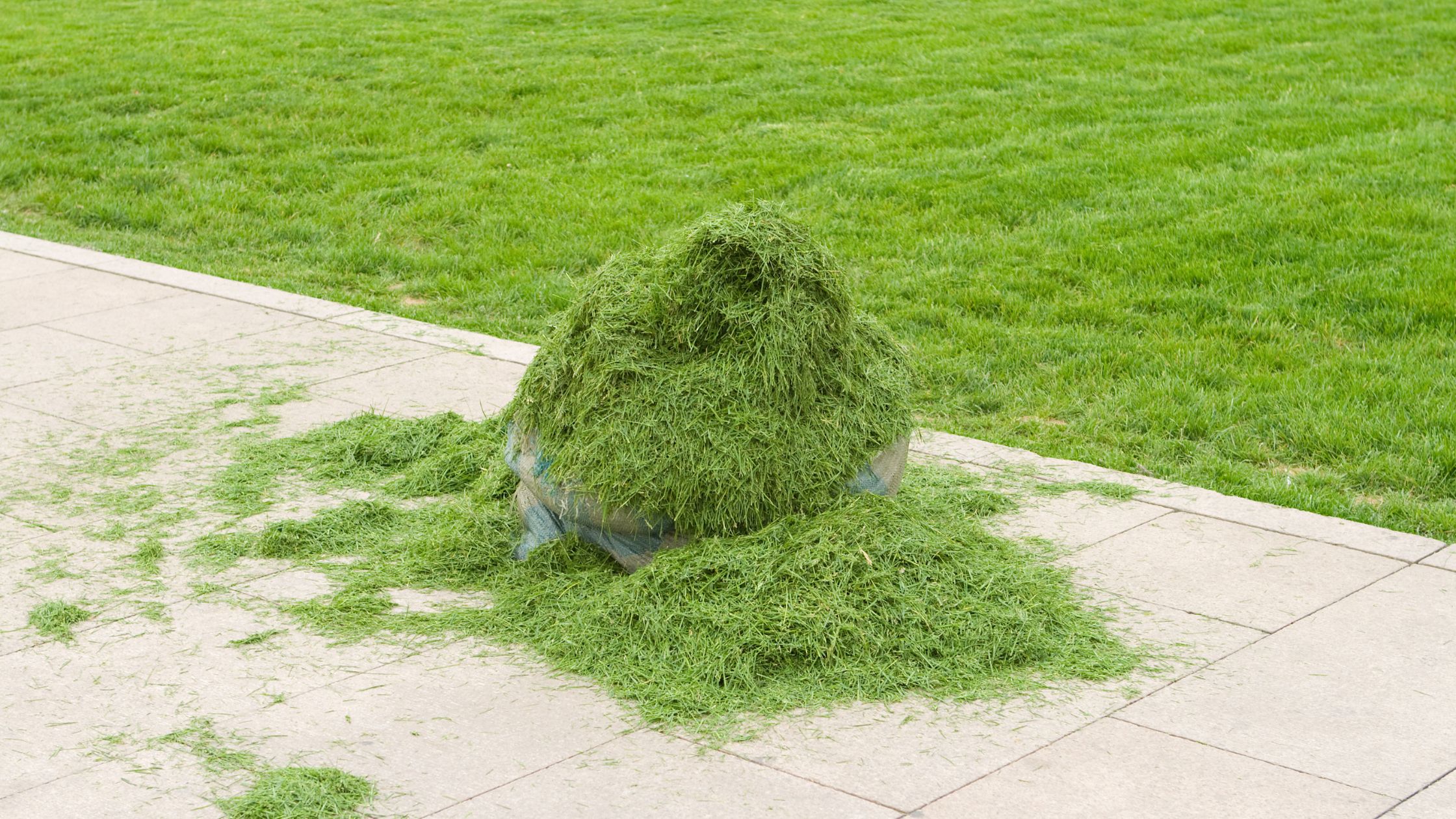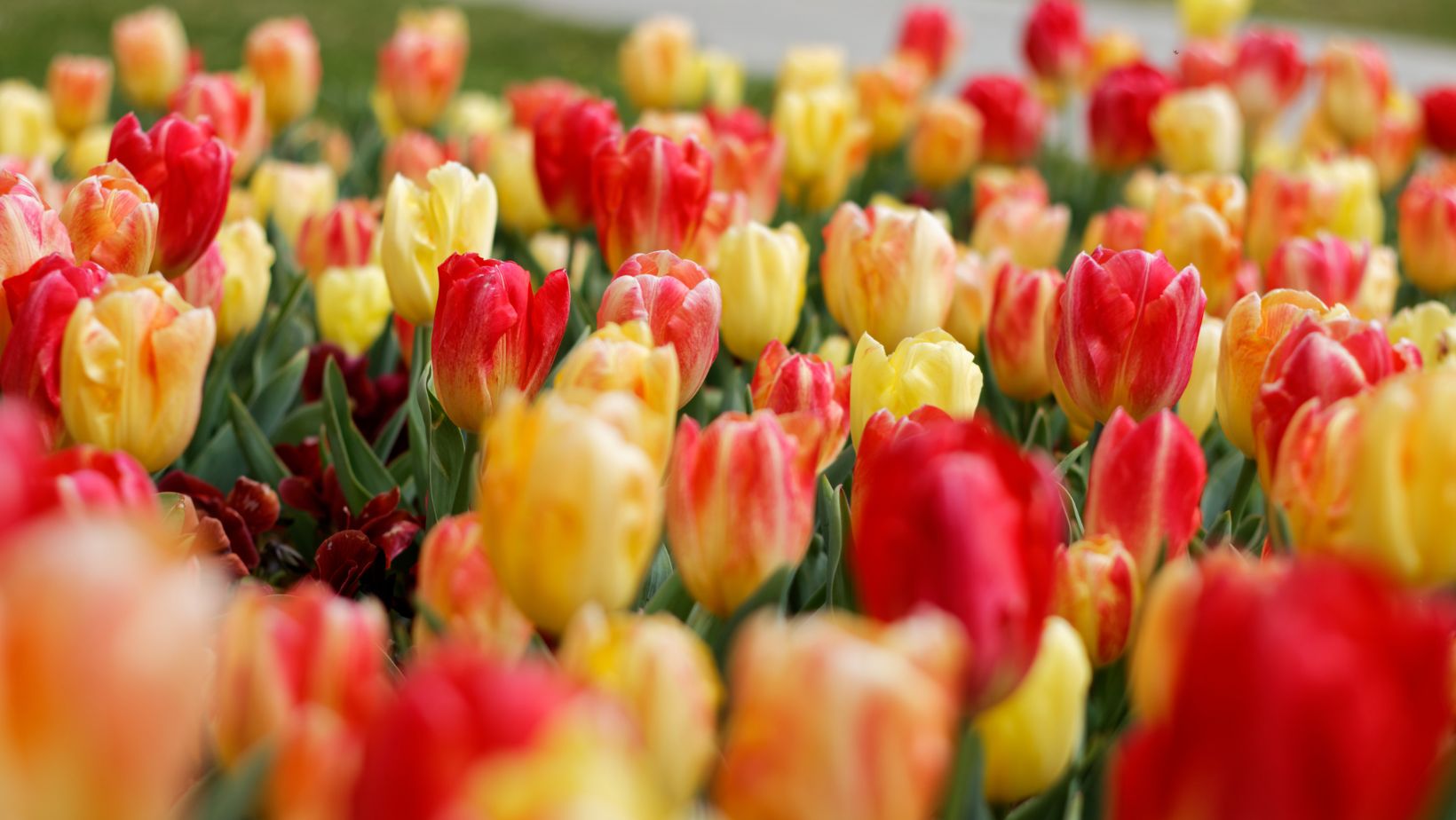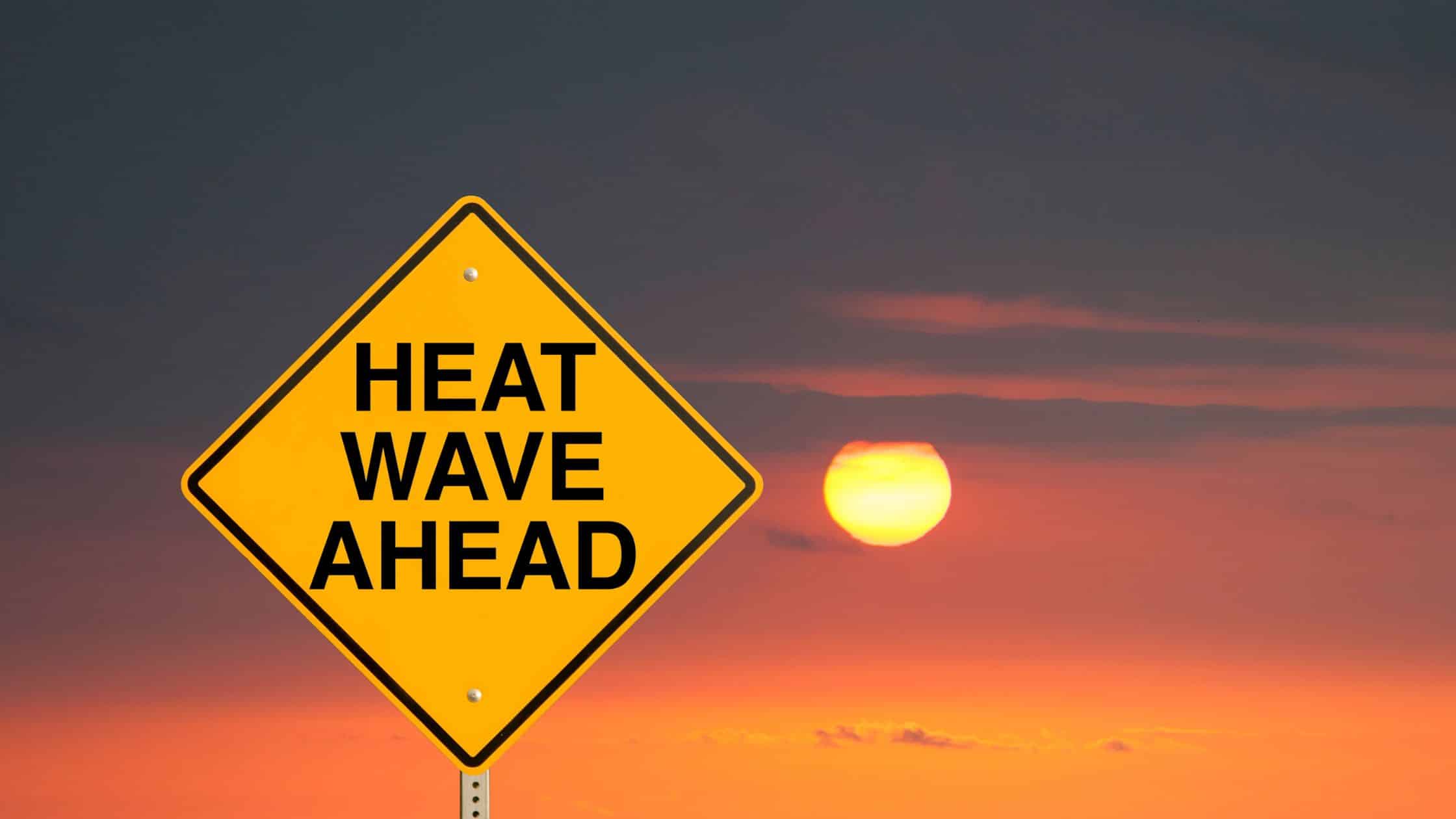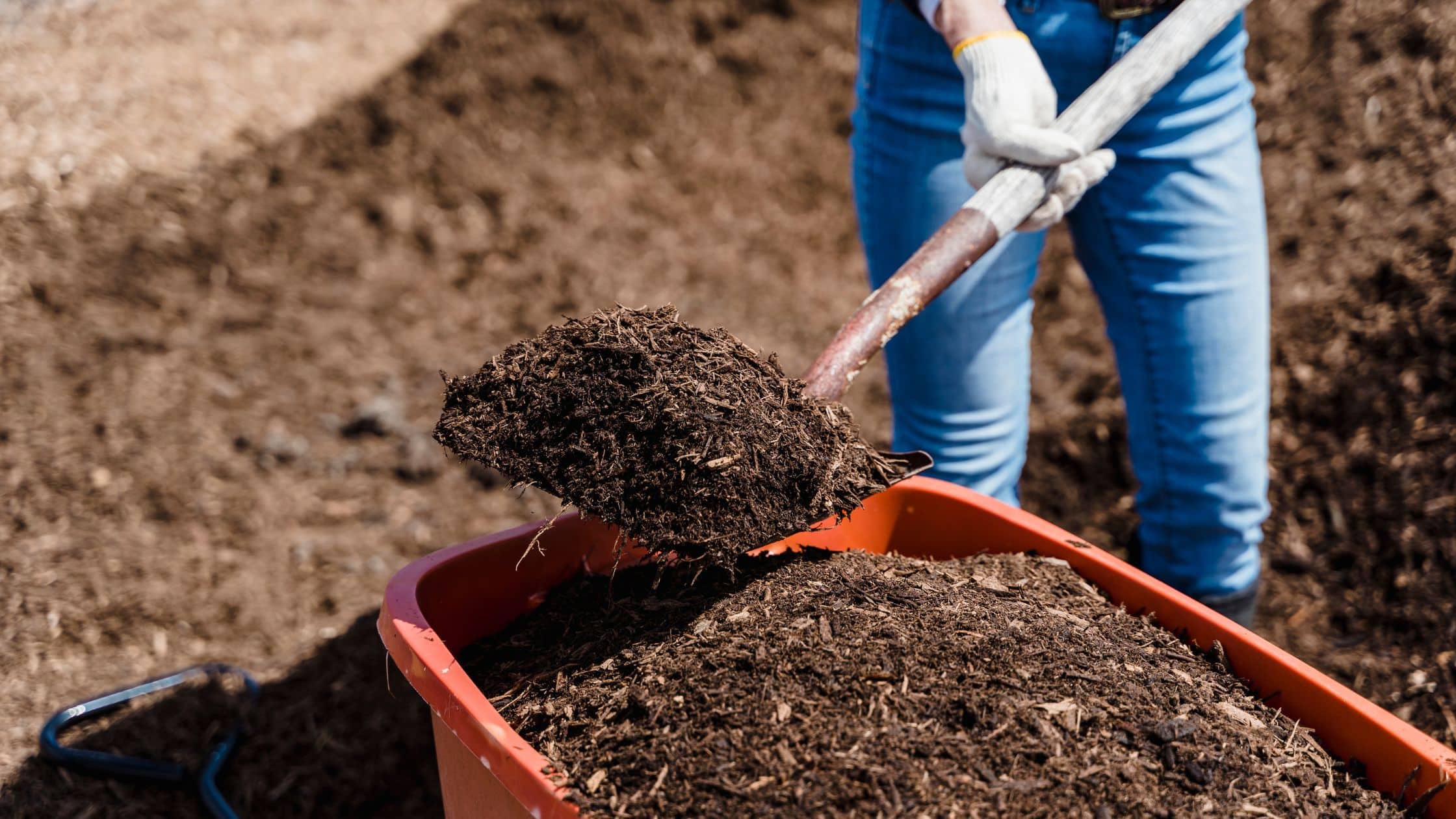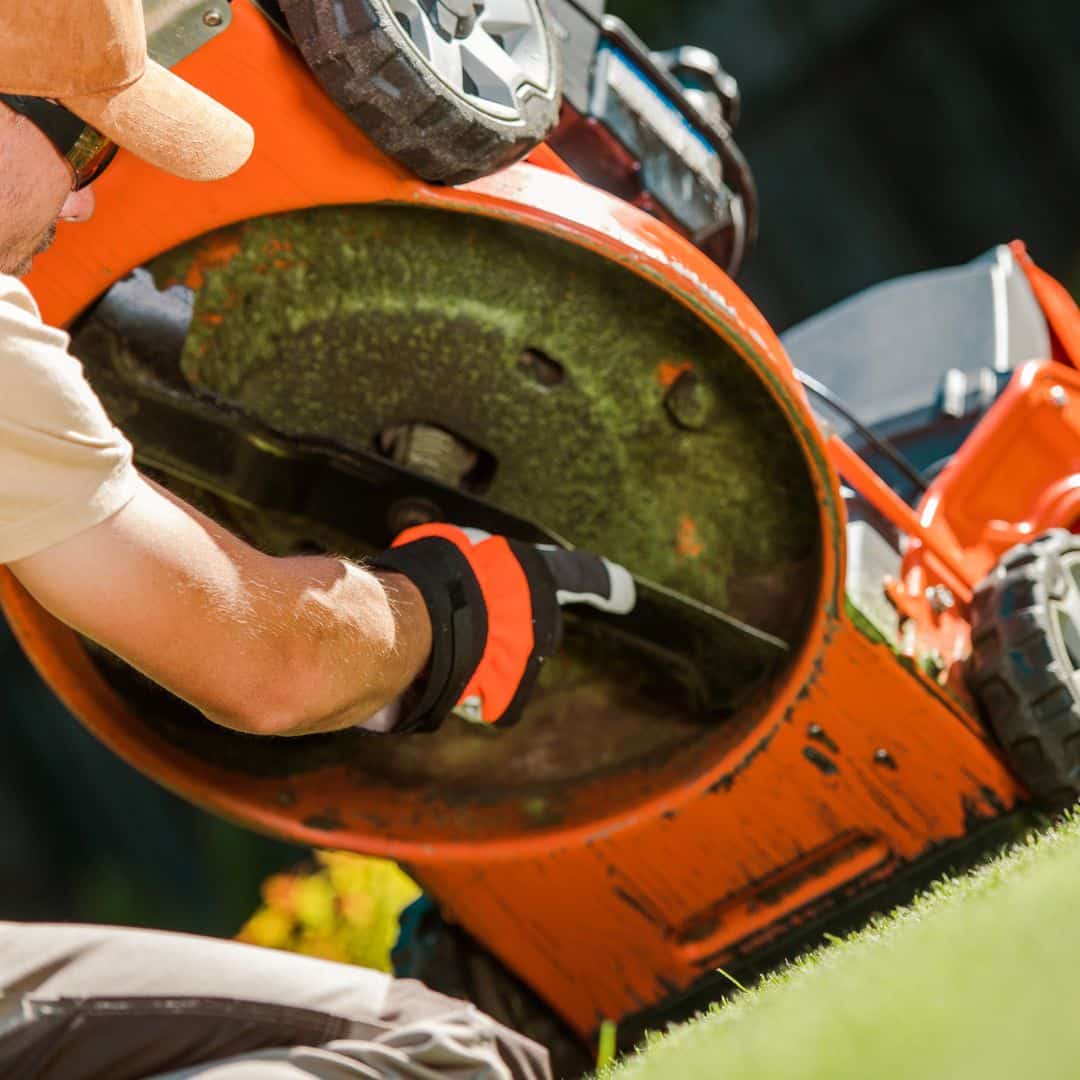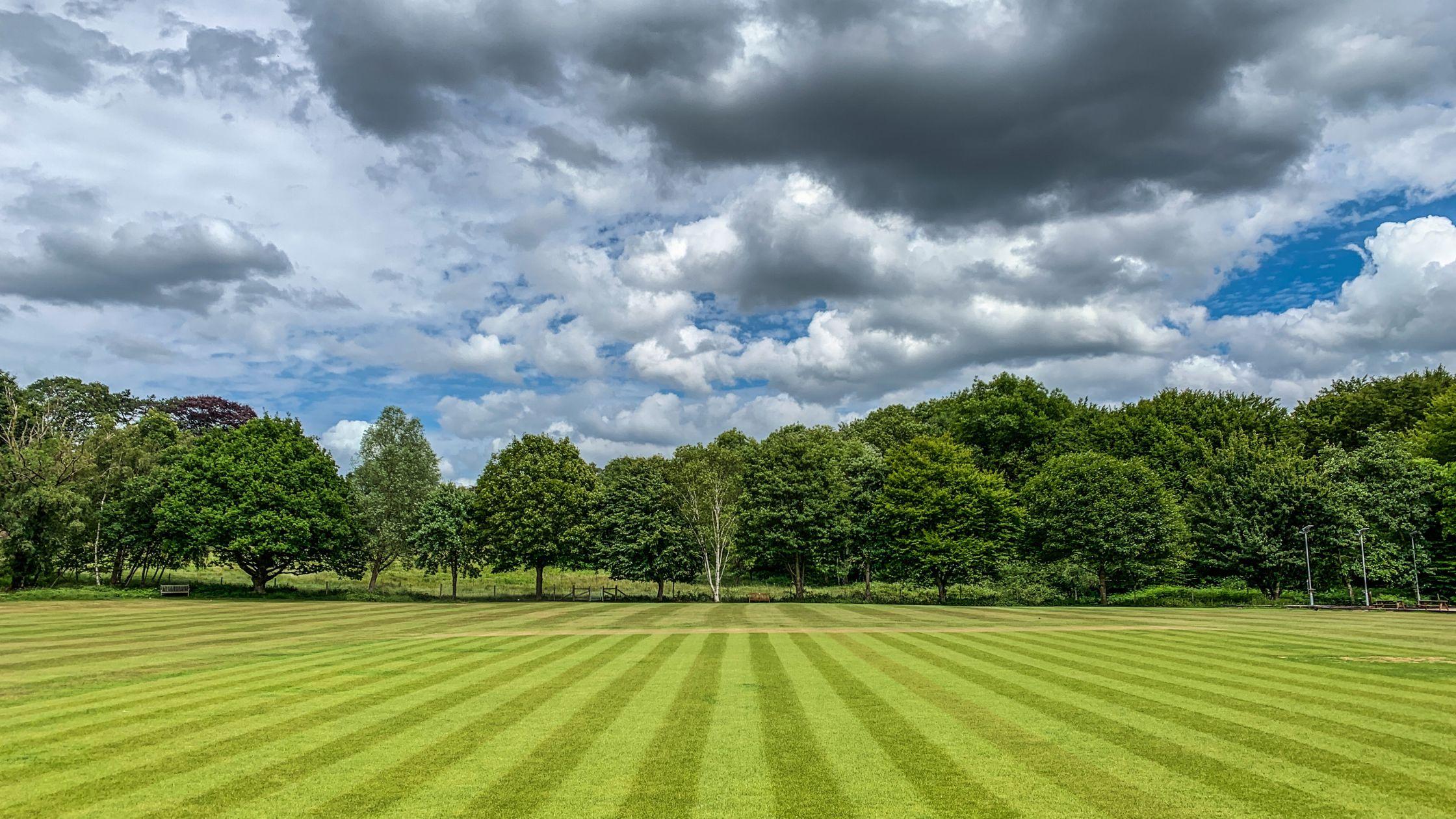Colin Can Help Guide to New Grass
New grass needs consistent moisture to establish strong roots—usually 1 to 1.5 inches of water per week, spread out over several sessions. Early morning watering is best, and using a sprinkler system helps ensure even coverage. Watch for signs of over- or under-watering like yellowing...
What to Do When Your Sump Pump Fails (And How to Minimize Water Damage)
If you’ve ever walked into your basement during a heavy rain and heard silence where a sump pump should be humming, you know the feeling. It’s panic. It’s frustration. And it’s the beginning of a race against water damage. As someone who’s helped more than a...
Arborvitae Care Guide
Evergreen Privacy and Structure That Lasts All Year Arborvitae (Thuja spp.) are some of the hardest-working shrubs in Northeast Ohio landscapes. Fast-growing, low-maintenance, and evergreen, they’re ideal for privacy screens, windbreaks, and formal borders. But to keep them dense and healthy, they need proper spacing, watering,...
Is It Too Late to Reseed or Patch Bare Spots in June?
June is still a viable time to reseed or patch bare spots, especially in early to mid-month. But act quickly—once summer heat sets in, seed struggles to germinate without daily watering. For best results, use the right seed blend and water consistently. Is It Too Late...
Should You Leave Grass Clippings or Bag Them in June?
In most cases, you should leave grass clippings on the lawn in June. Mulching clippings returns nutrients to the soil, helps retain moisture, and supports a healthy lawn—especially during hot summer months. The exception? If the grass is wet, diseased, or overly long. Should You Leave...
Dyed Mulch vs Natural Mulch: Which Should You Choose?
Choosing the right mulch for your flower beds isn’t just about looks — it affects soil health, plant performance, and long-term maintenance. While dyed mulch and natural mulch may look similar on the surface, they serve different purposes and have distinct pros and cons. In...
Spring Flowers That Benefit Most from Deadheading
Many spring-blooming flowers benefit from deadheading, especially if you want to encourage reblooming, prevent self-seeding, or help bulbs store energy. Popular plants like tulips, daffodils, columbine, bleeding hearts, and peonies are all worth a trim once blooms fade. Which Spring Flowers Benefit from Deadheading? Introduction As your spring...
How to Prep Your Lawn for July Heat Before It’s Too Late
To prepare your lawn for July’s scorching heat, mow high, water deeply, and feed smartly. These proactive steps in late June and early July can help your lawn stay green, thick, and resilient through summer stress. How to Prep Your Lawn for July Heat Before It’s...
Is it too late to apply mulch to my garden beds in June?
No, it's not too late to apply mulch in June—in fact, it’s a smart move. Mulching in June helps retain moisture during summer heat, suppress weeds, and regulate soil temperature, especially as the season intensifies. Why June Is Still a Great Time to Mulch If you didn’t...
How to Troubleshoot a Lawn Mower
If your lawn mower won’t start, runs rough, or stalls out, the most common culprits are bad gas, dirty filters, or a worn spark plug. With a few simple checks—fuel, air, spark, and blade—you can often diagnose and fix the issue yourself. Introduction There’s nothing more frustrating...
What Should I Be Doing for My Lawn in June to Keep It Green and Healthy?
In June, focus on consistent mowing, deep watering, and weed control to keep your lawn green and healthy. Avoid heavy fertilizing, mow high, and prepare for summer heat by strengthening roots and protecting against drought stress. What Should I Be Doing for My Lawn in June...
How Often Should You Re-Edge Your Flower Beds or Lawn Borders?
For a truly polished yard, edge your walkways and lawn borders every time you mow, and re-cut garden bed trench edges 2–3 times per year. This combo keeps your landscape looking crisp with minimal effort and avoids the common overgrown, faded-edge look. How Often Should You...




